Date of Observation: 02/18/2017
Name: Tim Brown
Aspect: North, North East
Elevation: 9,500-11,000
Avalanches: Saw several small dry loose avalanches that ran in the last week, but ski-cuts produced minimal sluffing on steep, shady slopes today.
Weather:
Snowpack: Except for 40cm of dry F to 4F hard facets at the surface, this is one of the deepest and stoutest mid-season snowpacks I’ve seen on Axtell. The mid-pack in this shady, wind-protected area is mostly 1F hard rounds, but there are two layers of buried surface hoar still preserved below hard snow.
Neither of these layers were reactive to snowpack tests where we looked today: ECTX x 2 and PST 90/100 (SF) on 40 degree NE-facing slope at 11,000′ with HS 280cm, PF 45cm and PS 20cm. Similar to Evan’s ob from yesterday, an informal deep tap ECT produced no results on either of these layers. It was difficult to keep the saw in the lower weak layer during PSTs as the SH seems to be lying down flat. The upper (Feb 10th) layer is composed of 3mm SH down 75cm and the lower one (Jan 19th) is composed of 7mm SH down 95cm. We easily detected the upper one in the pit wall and pried on blocks to find the lower one.
These layers may become more reactive when we get a significant load or a wetting front reaches them, but they’re getting pretty deep to human-trigger in areas where they’re buried this deep and protected by such a stiff slab. Except for 40cm of dry F to 4F hard facets at the surface, this is one of the deepest and stoutest mid-season snowpacks I’ve seen on Axtell. The mid-pack in this shady, wind-protected area is mostly 1F hard rounds, but there are two layers of buried surface hoar still preserved below hard snow.
Neither of these layers were reactive to snowpack tests where we looked today: ECTX x 2 and PST 90/100 (SF) on 40 degree NE-facing slope at 11,000′ with HS 280cm, PF 45cm and PS 20cm. Similar to Evan’s ob from yesterday, an informal deep tap ECT produced no results on either of these layers. It was difficult to keep the saw in the lower weak layer during PSTs as the SH seems to be lying down flat. The upper (Feb 10th) layer is composed of 3mm SH down 75cm and the lower one (Jan 19th) is composed of 7mm SH down 95cm. We easily detected the upper one in the pit wall and pried on blocks to find the lower one.
These layers may become more reactive when we get a significant load or a wetting front reaches them, but they’re getting pretty deep to human-trigger in areas where they’re buried this deep and protected by such a stiff slab.



